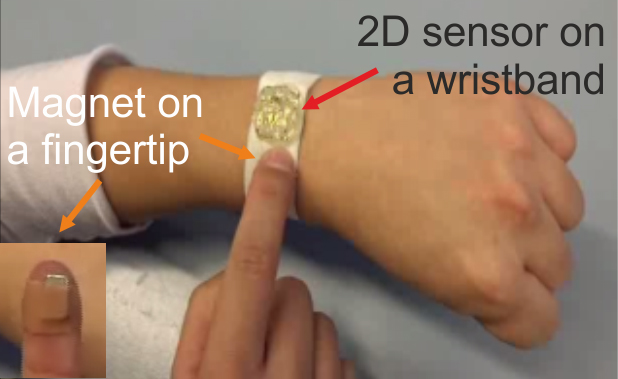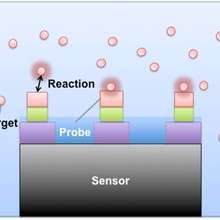Researchers in Germany and Austria have created an electronic skin that can extract information from its surroundings to manipulate physical and virtual objects without touching them.
They suggest that potential applications of this e-skin range from regenerative medicine to robotic motion tracking. This research is published online on January 19, 2018 in the scientific journal Science Advances.
Background
Current virtual and augmented reality systems often involve goggles and gloves, and depend on optical detection of moving body parts to enable the manipulation of virtual objects. They also require a direct line of sight between their sensors and the object they seek to manipulate.
Researchers of this study sought to develop a system that tracks motions without requiring a direct line of sight between an object and the sensors.
The innovation
The new e-skin is based on interaction with magnetic fields. Its thin-film sensor operates at low power and exhibits high accuracy in detecting objects. It is also highly bendable, a critical property in a wearable device.
Researchers tested their new e-skin, and demonstrated that test participants were able to type symbols on a keypad without touching the pad, and were able to dim a light source represented on a computer screen without touching it.
They conclude that they have made the first mechanically imperceptible e-skin with directional perception. They envision that by improving flexible sensor technology even further, wearable magnetic sensorics will operate in our earth’s geomagnetic field.
Illustrations
Table: Important properties of e-skin in this study
| Polymer | t(µm) | Tg(°C) | Tm(°C) | Tbr(°C) | A(m2) |
|---|---|---|---|---|---|
| PET | 100 | 73.3 (38) | 250 (38) | 75 | 2 × 10−6 |
| PEEK | 100 | 145 (39) | 340 (39) | 150 | 2 × 10−6 |
| Mylar | 2.5 | 73.3 (38) | 250 (38) | 140 | 5 × 10−8 |
| This work | 1.7 | 300 | 325 | 344 | 4 × 10−8 |
The table summarizes the most important parameters involved in our study, such as thickness (t), glass transition temperature (Tg), melting temperature (Tm), breaking temperature (Tbr), and cross-sectional area (A), as compared to commercial polymers.
Fig 1: E-skin for touchless control of computer screen

A wrist-worn 2D magnetic field sensor extends the functionality of a wristband to become a virtual keypad driven by external magnetic fields.
Credit: Helmholtz-Zentrum Dresden-Rossendorf e.V.
Fig 2: E-Skin can dim light when the wearable sensor on the hand moves over a magnetic field, without touching anything.

A skin-attached 2D magnetic field sensor allows the wearer to control the light intensity of a virtual bulb by rotating the hand over a magnetic field source.
Credit: Helmholtz-Zentrum Dresden-Rossendorf e.V.





